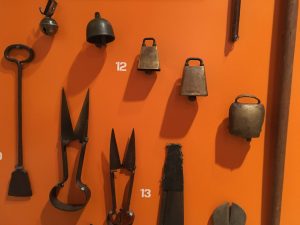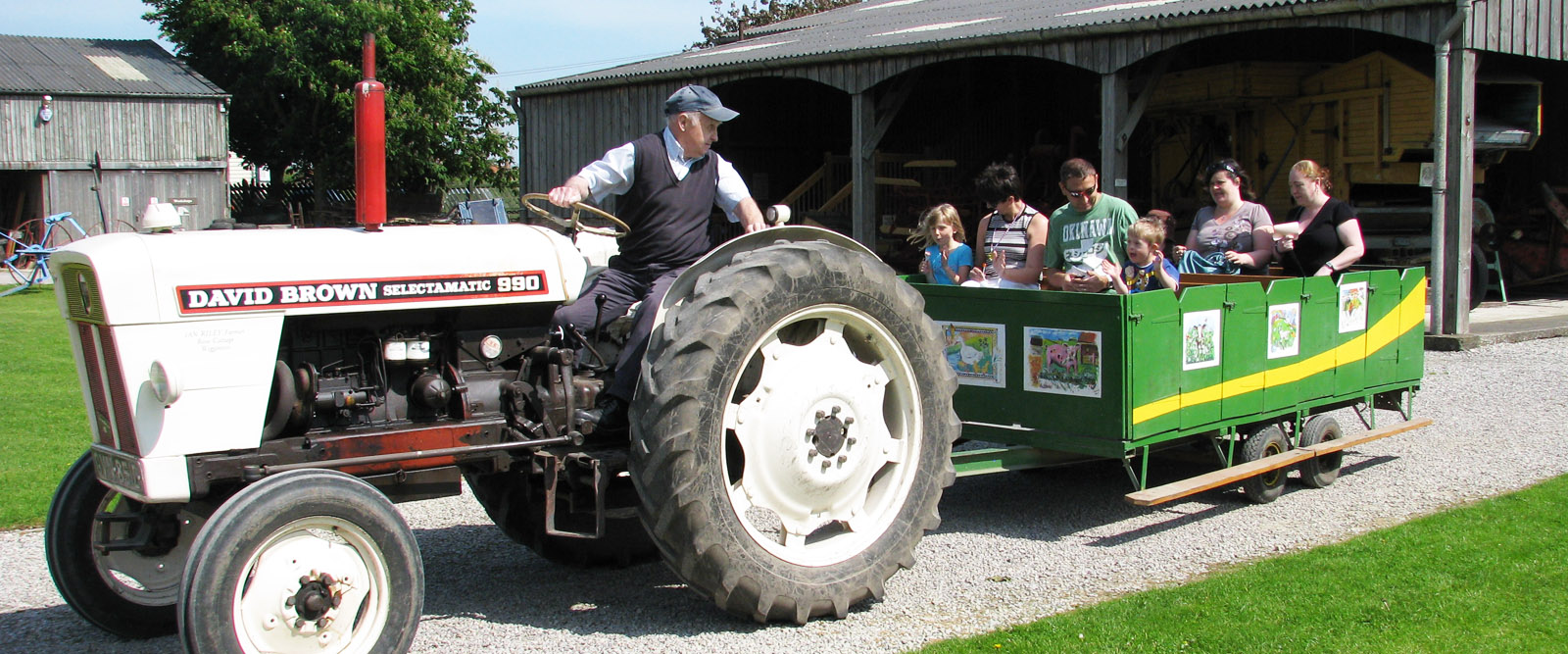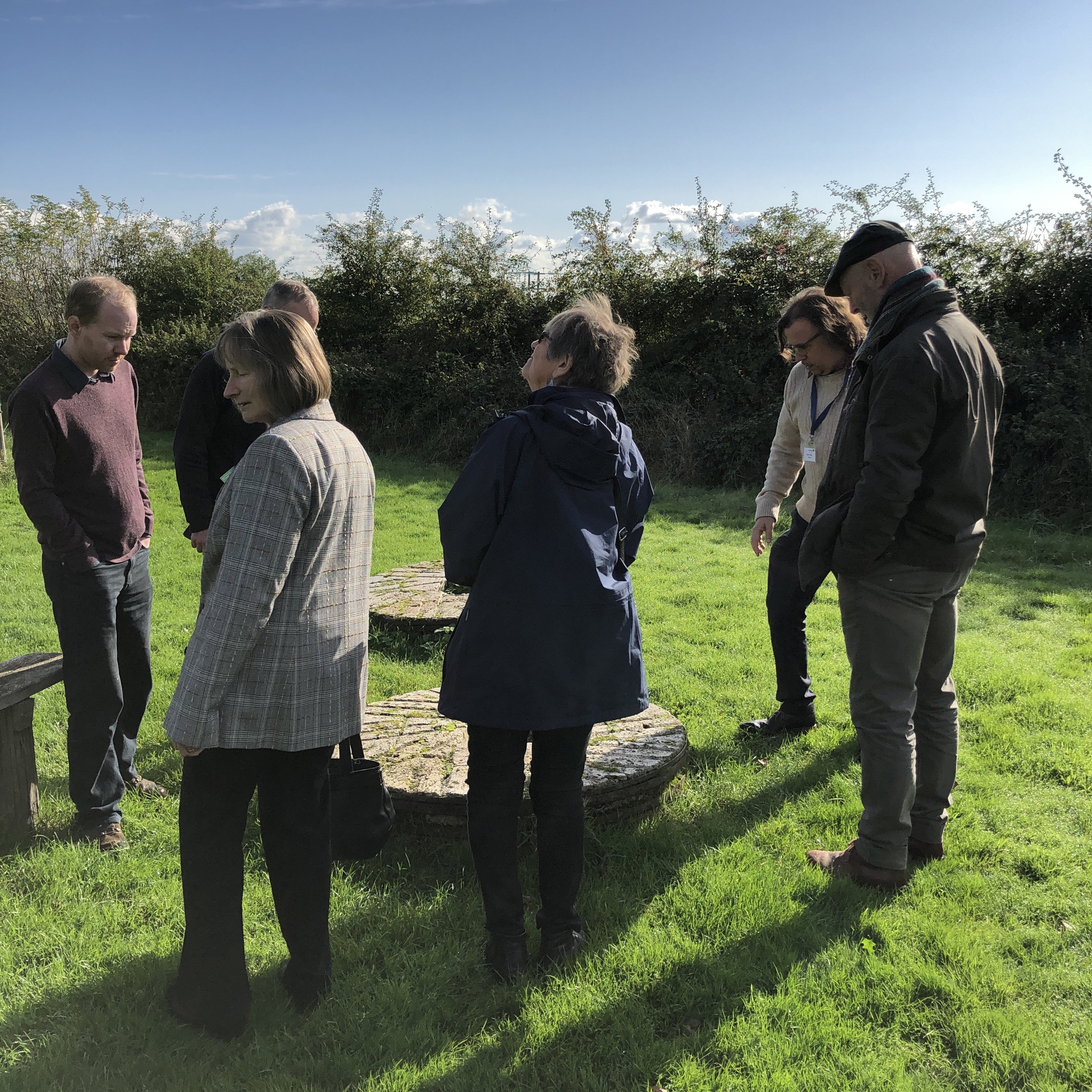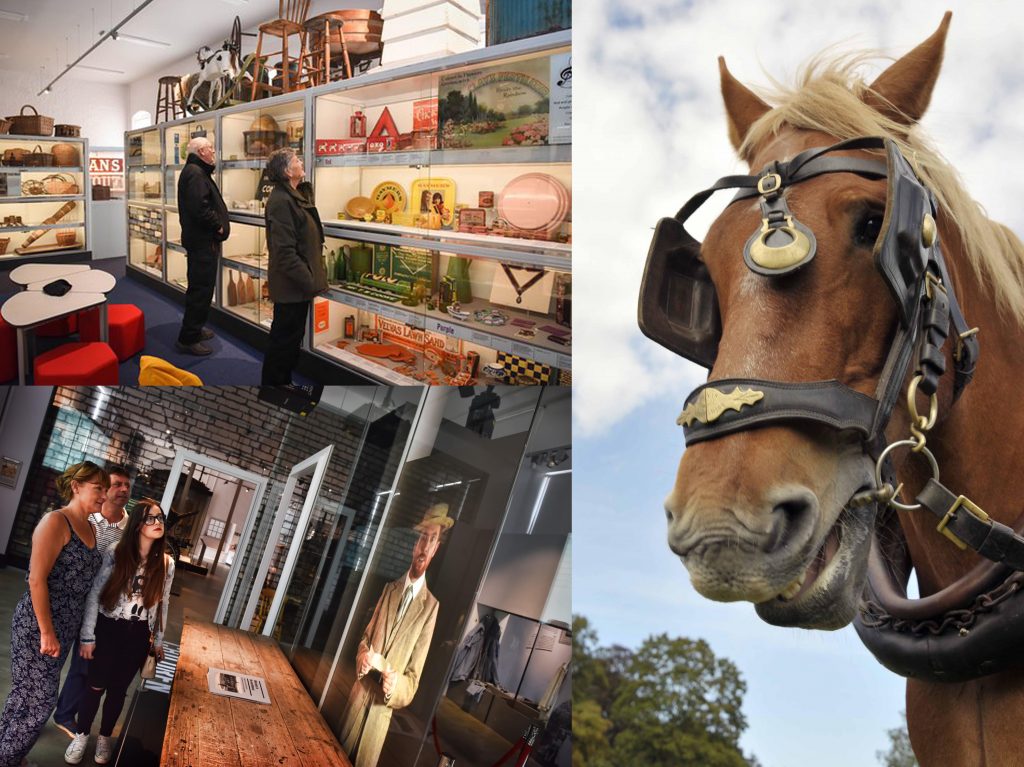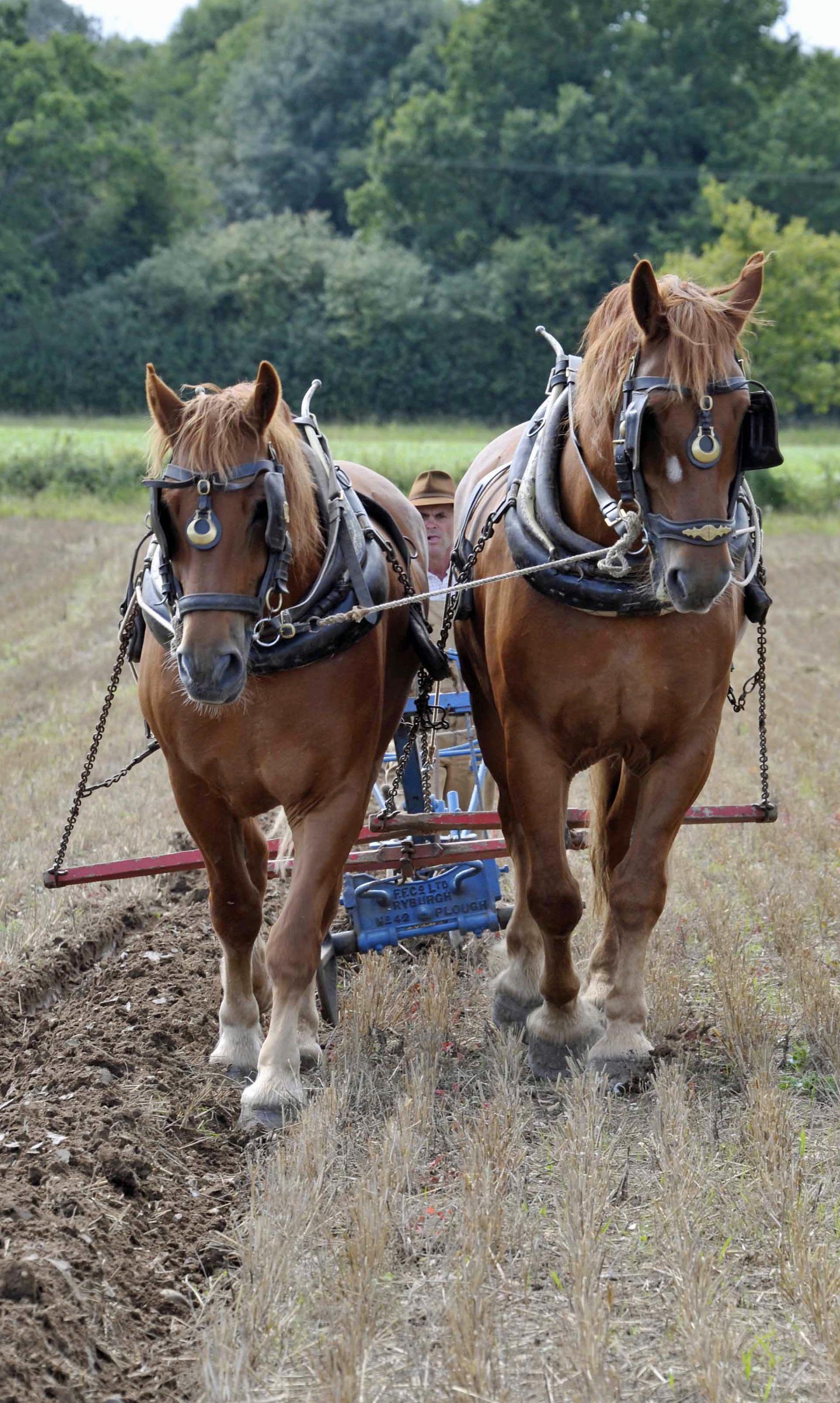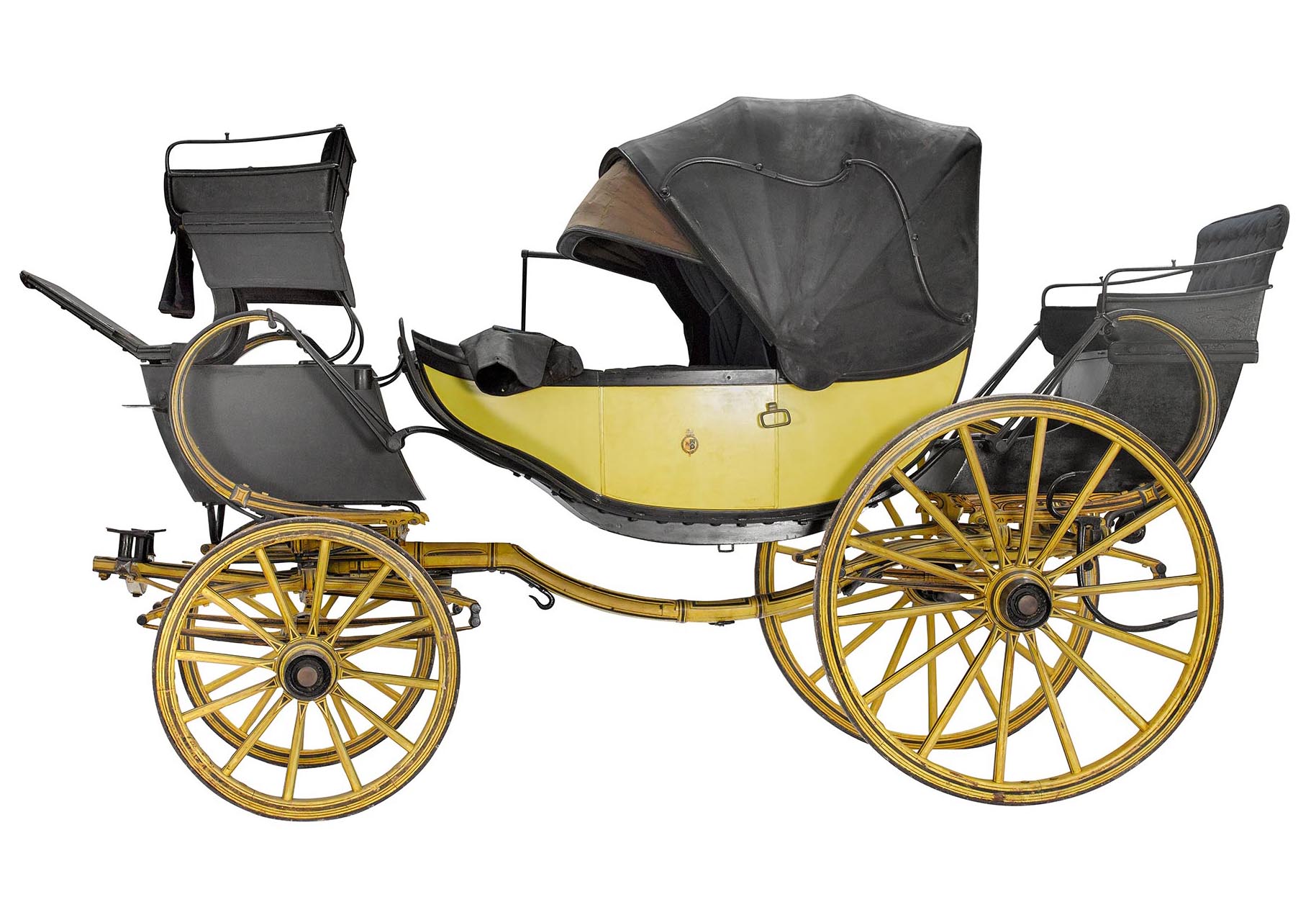When I first heard about the RMN seminar, I saw it as an excellent opportunity to build relationships between rural museums and to discuss potential solutions to common challenges. I am a Collections Assistant at Dorset County Museum, so I was keen to understand how we could tap into the potential of our rural collection and how we could start considering a contemporary collecting policy relating to post-war rural life. This seminar also came at a fitting time; we are currently in the midst of a multi-million pound redevelopment project and our hosts, the Somerset Rural Life Museum, have recently undergone redevelopment themselves. I was particularly looking forward to seeing how they approached the display, storage and interpretation of their rural collections.
Open Doors
First impressions really do count, especially in heritage. Attracting visitors and making them feel welcome is important for building rapport and encouraging them to return, hopefully with friends and family. At Somerset, the front of house is situated within the old Abbey Farmhouse. Built in 1894 by the Austin family it was later occupied by the Mapstones, who farmed on the site through the Second World War. It was the centre of the dairy business as well as a family home. It would have welcomed many people through the threshold, just like the museum does today. A recent addition to the exterior, is a Lias flagstone, engraved with “Oh Mr and Missus are you there within, pray open the door and let us come in” a lovely nod to the old tradition of Wassailing and an acknowledgement of the role of the farmhouse to the community. Though it may seem a small thing, the significance of that front porch goes a long way – after all, it is the first, and last, place in the museum that visitors experience.
Open Display
Beyond the orientation space are the farmhouse galleries. With themes inspired by a Kelly’s directory and situated in the old cowsheds, it seemed apt to walk through the industry of Somerset with most objects on open display. This format honours the long, hard outdoor lives that most of these objects experienced. Their robustness is such that they can be displayed without the enclosure of a case. Open display wall mounts create space, as there is little dependence on display cases. It also creates an atmosphere of trust between the visitor and curator. These objects have been wilfully and sensitively arranged, in the knowledge that they will be respected. This highlights the fact that rural collections offer a brilliant opportunity to invest in personal visitor experience. They are some of a select few objects that we can afford to have out on open display in museums, so it was inspiring to see Somerset adopting this approach.
Contemporary Collecting
Curating records and objects which give a voice to the lives before ours is a complex undertaking and thinking about how we represent contemporary agricultural history is quite a challenge. In the seminar we discussed both the relevance and difficulties of not only curating, but also obtaining, post-war agricultural equipment for exhibition. Are we at risk of missing stories and huge developments in technology by not adequately representing post-war agricultural development? A key quote I took away from this discussion, is that urban stories will be allowed to dominate, if we don’t maintain the relevance of rural collections. It is generally accepted that most agricultural equipment is too large for museums. It also comes at a huge expense to farmers and, as such, most equipment is worked into the ground. We also need to be aware of an increasing selection of progressive apps and record keeping techniques in agriculture, in addition to the objects themselves. This is an ongoing discussion, but one we need to keep having in order to establish a coherent, and consistent, collecting policy.
Summary
Being passionate about Dorset’s agricultural history, it was great to be part of a group who can advise, illustrate and connect with the themes of rural collections. I look forward to joining the network and learning more about rural collecting policies, outreach and public engagement. Rural collections, like most, do come with their challenges. Understanding how we can document and celebrate, rather than neglect, rural heritage will improve collection policy, care and interpretation. We can make these objects accessible to everyone, in the urban and rural environment alike. We have a great opportunity in the coming decade to utilise this network and work with the digital age, rather than against it, to keep important stories alive for future generations.
Kat Broomfield is Collections Assistant at Dorset County Museum


